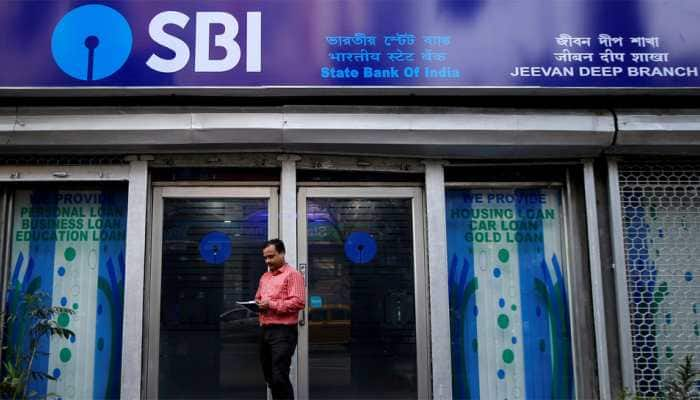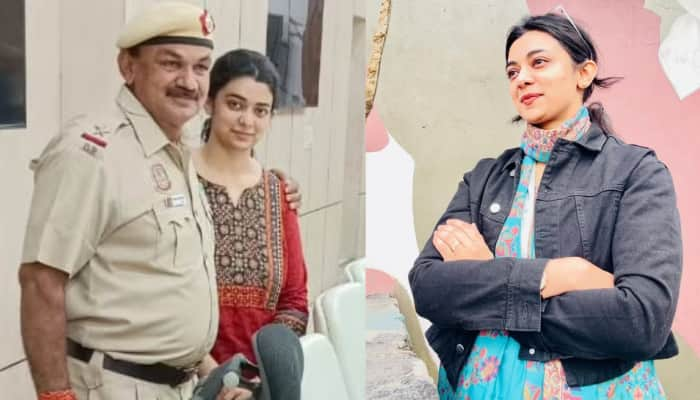Book Review: Fantastic Beasts and Where to Find Them
'Fantastic Beasts and Where to Find Them' book review
Trending Photos
) Image courtesy: Book cover
Image courtesy: Book cover Cinema has emerged as the most intriguing source of modern entertainment, but there are some aspects that a movie cannot show as profoundly as an author who pens a book. "Fantastic Beasts and Where to Find Them: The Original Screenplay" is an apt example that readers may relate to.
The offering is inspired by the original Hogwarts textbook by Newt Scamander and marks the screenwriting debut of Rowling, author of the beloved and internationally-bestselling Harry Potter books. A feat of imagination and showcasing a cast of remarkable characters, the screenplay is an example of adventure-packed storytelling at its very best.
Although the film was widely promoted and warmly anticipated by cinema-goers globally, it is only after going through Rowling's original screenplay that one pauses to reflect the many misses that the movie makes, primarily, cutting down the content from the book and giving it a cinematic shape.
The movie teems with riddles and confusing characters; the book is just the opposite.
Fantastic Beasts is set around Newt, a sound British magizoologist who takes his case of magical creatures to New York. After bumping into Jacob, a No-Maj (an American word for "muggle"), Newt accidentally lets some of his animals escape.
These animals, including the Thunderbird, "a creature like a large albatross, its glorious wings shimmering with cloud- and sun-like patterns", are among the best things to look at in this story, or in others of the genre for that matter. It is Rowling's sharp attention to detail and the vivid imagery that she creates in the mind of the reader -- not with modern technology or animation tools but with her wit and creativity alone -- that the readers will cherish and remember much longer than any scenes of the movie.
It is but fitting that Jacob mutters in the screenplay and, to much surprise, also in the movie without barely changing anything: "I ain't got the brains to make this up." Well, certainly not. It's Rowling's forte and even the closest to her will perhaps be too far from penning it as vividly as she does.
The biggest disappointment with the movie is the fact that its story, simply put, is just too much to digest in a two-hour span. On the other hand, it is with delight, tenderness and occasional amusement that a reader flips through Rowling's descriptive screenplay.
Compare the characterisation aspect in the two, for instance: The characters in the movie are not too strong. For example, the detailed motives of Graves' (played by Colin Farrell) remain unclear. Why does he do what he does? The viewers will hardly find a concrete answer to it in the film. The screenplay, on the other hand, lavishly fleshes out the characters with descriptions -- a reader's eternal delight!
Rowling's characters in the screenplay are definitely too difficult to be accurately portrayed on the screen and therefore slight modifications in the movie would have gone a longer way in leaving the experience that the book does. Long sentences are easier to describe in short phrases in a book than portraying it on the screen. How Newt "recognises a kindred spirit" in Jacob and "the new warmth" between Tina and Newt are easier said in the book than shown in the movie.
If you are somebody who has a keen interest in reading someone like Rowling, this offering is a great learning tool. More significantly, it makes for a great case study on how different the experience of reading a book can be to watching a movie based on it.
Stay informed on all the latest news, real-time breaking news updates, and follow all the important headlines in india news and world News on Zee News.
Advertisement
Live Tv
Advertisement







)
)
)
)
)
)
)
)
)
)
